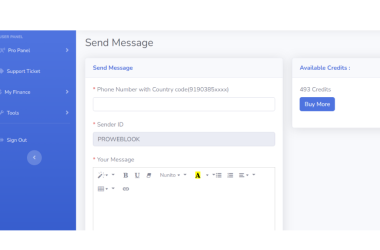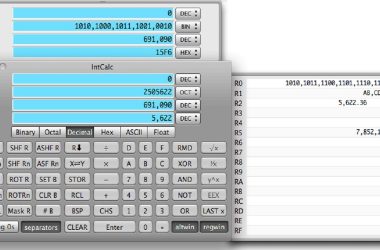Introduction.
Unveiling the Mysteries of Base64 Decoder: In the world of computing, data encoding plays a crucial role in ensuring that information is transmitted and stored efficiently. One such encoding scheme that has gained widespread popularity is Base64. Base64 encoding efficiently converts binary data, like images and documents, into a safe format for transmission over text-friendly protocols. In this article, we will delve deep into the world of Base64 decoding, exploring its history, how it works, its applications, and more.
What is Base64 Encoding?
Base64 encoding is a method of encoding binary data into a ASCII string format. Base64: Each character represents 6 bits of binary data. Developed in the 1970s for ASCII-limited email systems.
How Does Base64 Encoding Work?
Unveiling the Mysteries of Base64 Decoder: Base64 encodes 3 bytes (24 bits) into 4 groups of 6 bits, each represented by an ASCII character from a set. Padding characters (‘=’) are added to Base64 output to make its length a multiple of 4 for encoding.
For example, let’s say we have the binary data “01000001 01000010 01000011”, which represents the ASCII characters ‘ABC’. When encoding in Base64, represent this data as “QUJD” (010000 010100 001101 000110), adding the padding character ‘=’ to reach a multiple of 4 characters.
Base64 Decoding.
Base64 decoding is the process of converting a Base64 encoded string back into its original binary form. To decode, convert groups of 4 Base64 characters back into 3 bytes of binary data. Use padding characters (‘=’) to indicate that the corresponding group of 4 characters should be ignored during decoding.
For example, let’s say we have the Base64 encoded string “SGVsbG8sIFdvcmxkIQ==”, which represents the ASCII string “Hello, World!”. To decode, convert each 4-character group back to binary, as with “SGVs”, “bG8s”, “IFdv”, “cmxk”, “IQ==”. The result would be the ASCII string “Hello, World!”.
Applications of Base64 Encoding.
Base64 encoding finds extensive use in applications requiring binary data representation as a string of ASCII characters. Some common applications include:
1. Email Attachments: Base64 encoding efficiently converts binary data, like images and documents, into a safe format for transmission over text-friendly protocols.
2. Data Transmission: Base64 encoding encodes binary data for transmission over networks in protocols like HTTP, SMTP, and others.
3. Data Storage: Base64 encoding encodes binary data for storage in formats like JSON or XML that only support textual data.
4. Encryption: Encryption algorithms sometimes utilize Base64 encoding to encode binary data before encrypting it for added security.
Conclusion.
Base64 encoding safely converts binary data for text-based protocols, essential for managing binary data in text environments. Base64 encoding ensures safe and efficient transmission and storage of data, whether in email attachments or over networks.
Kindly check our website Proweblook for more Web API tools. More resources can be found on our Github page, Social Channels are Twitter, Facebook & Youtube.








